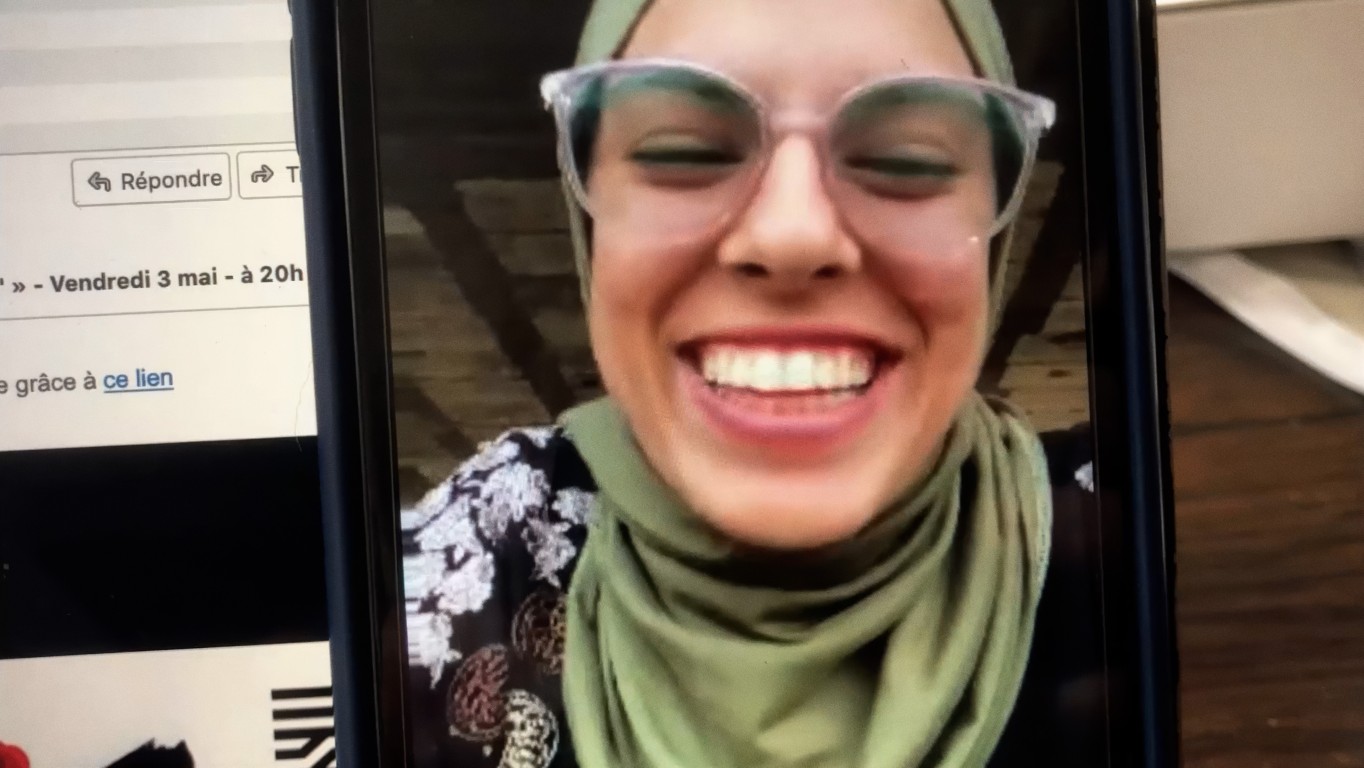
"On 16 April 2025, a day after Iranian filmmaker Sepideh Farsi's intimate documentary "Put Your Soul on Your Hand and Walk" was announced as a selection of the 2025 Cannes Film Festival in the ACID parallel section, the film's subject, Palestinian photojournalist Fatma Hassona, along with nine members of her family, was killed in an Israeli airstrike on their home in the Gaza Strip."
"Farsi got her start photographing political protests in Iran before being forced into exile; she seems to intuitively grasp the unfathomable nature of her subjects' daily circumstances, asking questions that guide their conversations as often toward beauty as bloodshed. [...] The movie's unconventional visual approach, which finds the director holding up one smartphone to record another, makes it impossible to forget the barriers separating this filmmaker from her subject."
"An activist from a young age, while she was still a student, Farsi spent eight months in prison for hiding a friend and schoolmate during the 1981-1982 Iran Massacres. Although she had always found inspiration in the visual arts, she practiced photography in her home country. After finishing secondary school in 1984, she left Iran for Paris to study mathematics."
On 16 April 2025, a day after Sepideh Farsi's documentary Put Your Soul on Your Hand and Walk was announced in the ACID section at Cannes, photojournalist Fatma Hassona and nine of her family members were killed in an Israeli airstrike on their home in the Gaza Strip. The film transformed from a portrait of life during wartime into an elegy for Hassona. Farsi began as a political protest photographer in Iran, endured exile and imprisonment for protecting a friend, studied mathematics in Paris, and transitioned to short films and features. The film’s smartphone-within-smartphone visuals emphasize distance between filmmaker and subject while threading beauty and bloodshed.
Read at Roger Ebert
Unable to calculate read time
Collection
[
|
...
]